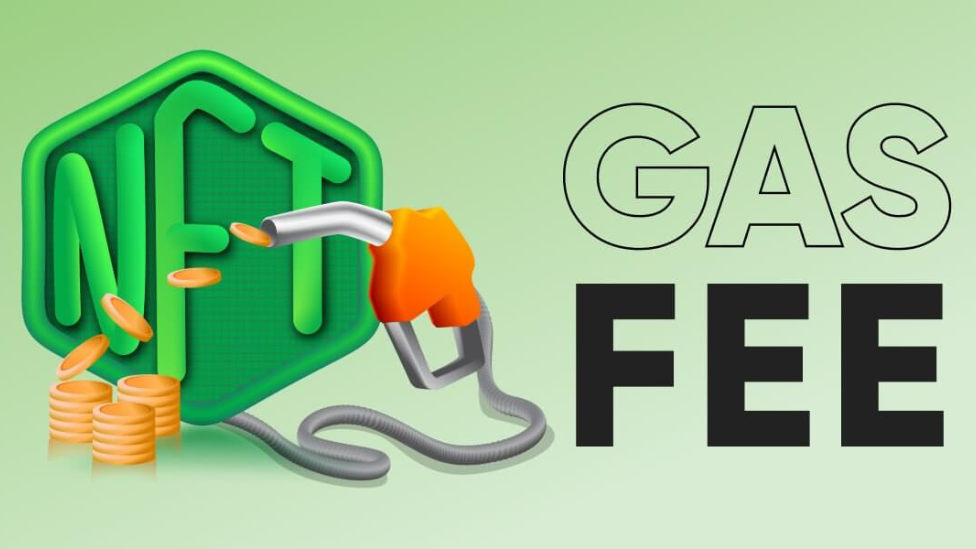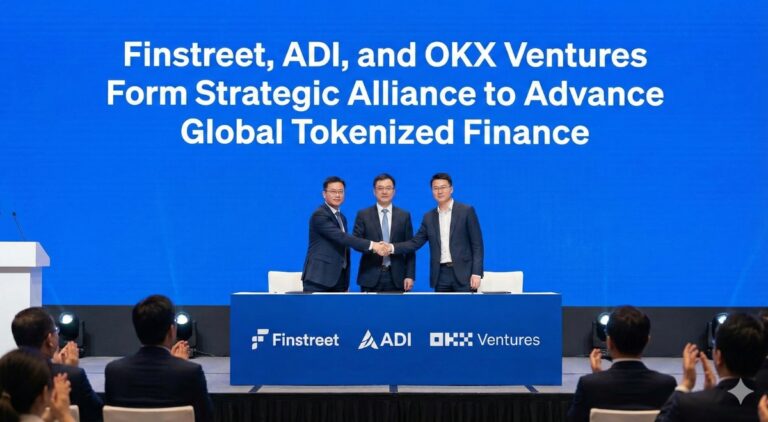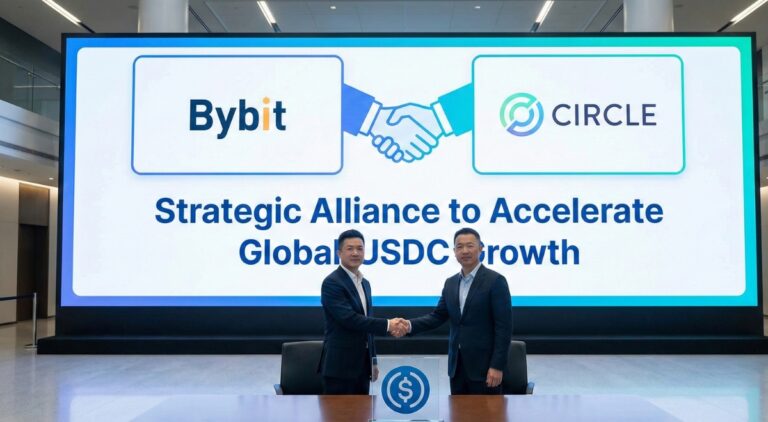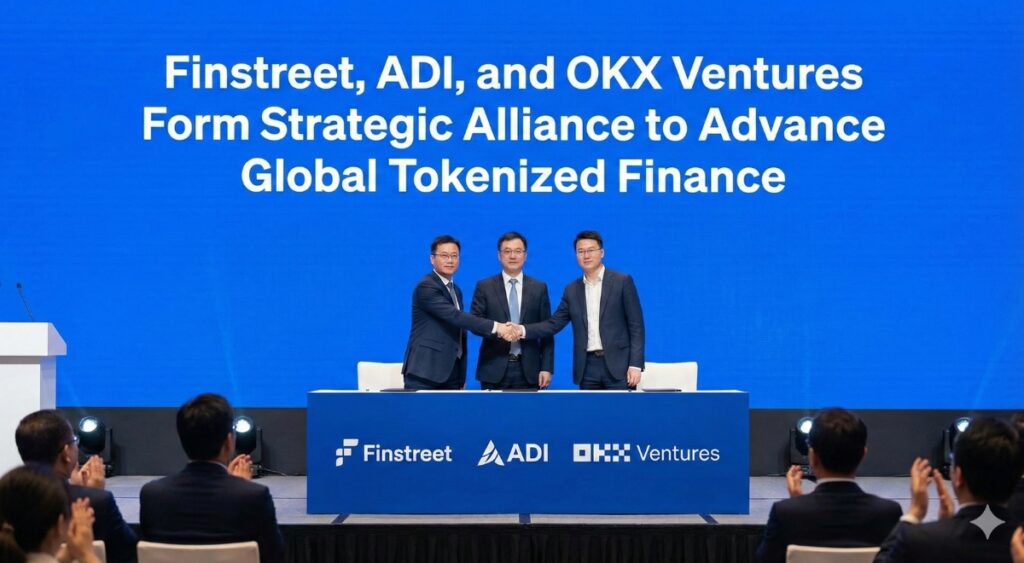One of the notable trends in the IT world is the sudden interest in non-fungible tokens. Many artists followed suit shortly after the $69 million sale of digital artwork as an NFT. They found great success in the creative industry ever since artists and creators realized the vast opportunities for expanding their earning potential with blockchain technology.
The concept of NFT gas can be complex, especially for newcomers in the crypto scene. This article explains the use of gas fees for NFT minting and methods for calculating gas fees.
What Are Gas Fees?
Simply put, gas fees include individual payments to complete a blockchain transaction. The purpose of these fees is to pay blockchain miners for the processing power they utilize to validate blockchain transactions. In addition, gas plays a crucial part in enabling miners to get compensated for the computational resources and labour necessary for validating transactions and adding them to the blockchain.
To create NFTs, specific files must be transformed into digital assets visible on the blockchain. Like other transactions on the Ethereum blockchain, minting NFTs would demand time- and energy-intensive calculation work from miners. The gas costs support the proper documentation of NFT minting transactions on the blockchain by paying miners or validators.
Artists can experiment with a reasonably simple procedure for minting NFTs, similar to posting a YouTube video. The minting transaction will begin once the originator pays the authorized gas surcharges. Sellers and purchasers may lose money in NFT transactions because gas prices do not directly correlate to the NFT’s overall value.
Additionally, some artists can lower the overall cost of their NFTs to make it easier to cover petrol expenses while gas prices are rising. Buyers, however, might believe that low-cost NFTs are only marginally valuable. Therefore, because gas prices would be higher, new artists and NFT developers would need help with their projects.
In general, miners and validators receive gas fees as compensation for their work to keep the blockchain network secure. The resources available for validating NFT transactions may increase with more gas fees during NFT minting. More resources allocated to validation, along with more significant incentives, ensure the optimization of transaction speed.
How To Properly Calculate NFT Gas Fees
You may have been wondering how to calculate gas fees for NFTs minting and transactions on blockchain networks. Gas fees and the potential for price differences in transactions on a particular blockchain differ noticeably from one blockchain to the next.
The formula for calculating gas fees comprises the supply and demand considerations relevant to the miners and validators. It includes Ethereum gas fees = Gas units or gas limit * (Base fee + Tip). For instance, if the gas limit was 20,000, 20,000 * 200 = 0.004 ETH.
The Ethereum blockchain has two types of gas fees: a base fee and a tip. The Ethereum network burns the base fee, but validators receive a bonus instead. In addition, due to network demand and the current price of ETH, the NFT minting gas fees may vary by large margins. The price of minting an NFT has risen to about $500 for every transaction
















